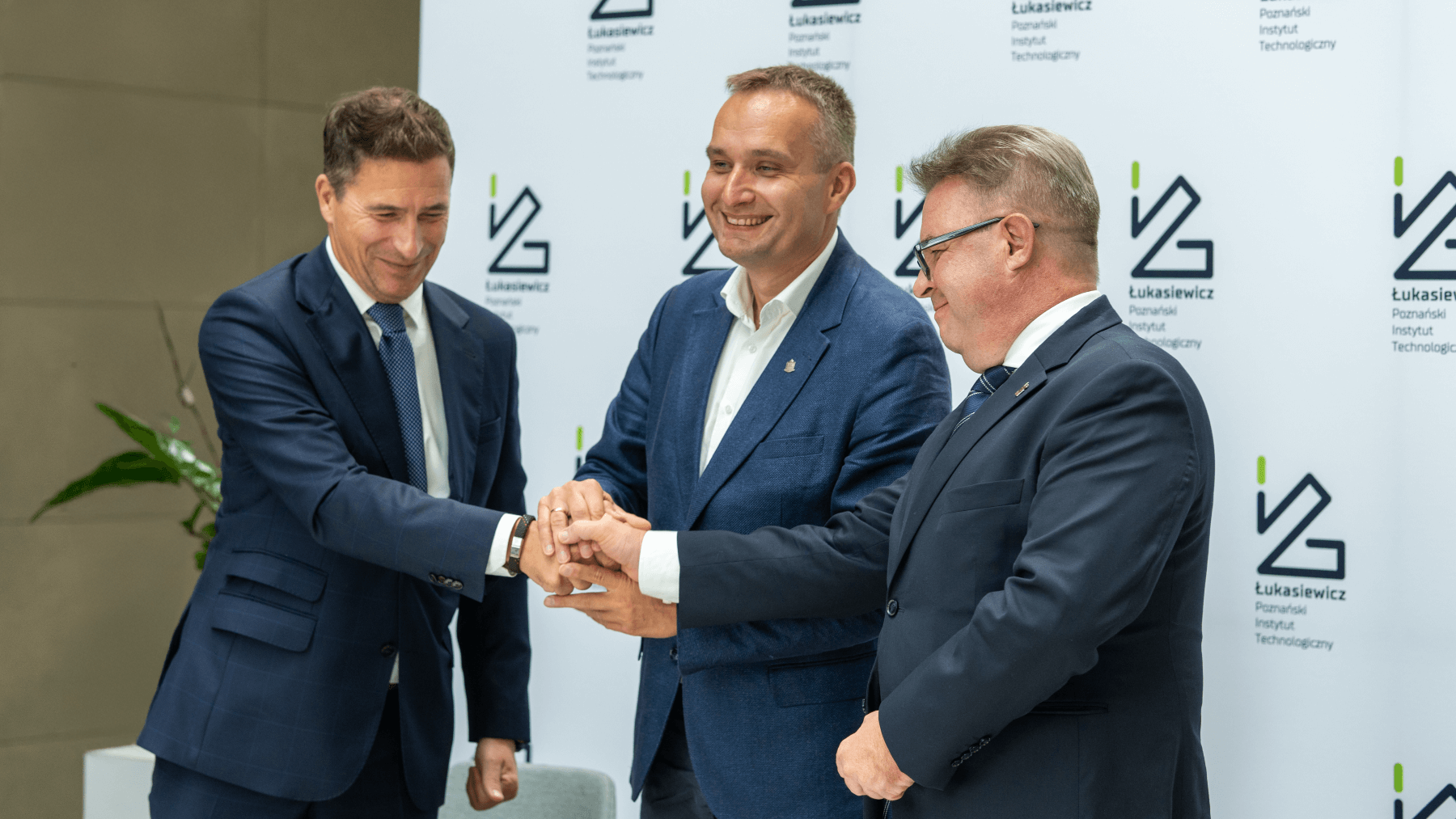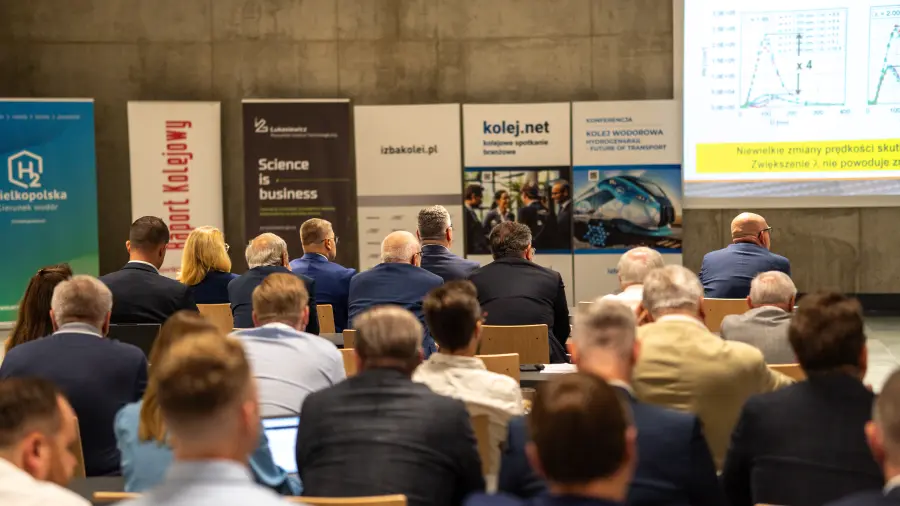With two, it’s easier: the digital twins

The thing with the digital twin is that until we start using it, we are not aware of the important role it can play in our business.
Imagine a modern factory producing chocolate, for example. Every day, thousands of bars roll off the production line. In parallel, a second line operates in virtual reality, from which thousands of – unfortunately virtual – bars also roll off. This second line is the digital twin. Data is constantly circulating between it and the first, real line.
What is all this for? Let’s say something breaks down in the first line. We can start the repair on the digital twin – especially if it’s complicated and we don’t know how to go about it or what has broken down. We will not break down the twin any further, and because it is an exact replica of our line and the processes involved, we can experiment with repair options here.
That’s right, experimentation and novelty. This is where the digital twin works perfectly. Suppose we plan to introduce a new type of chocolate. Will shapely bars roll off our production line? How many more are we able to produce?
Chocolate is a relatively simple product, but for more complex products the use of a digital twin will save us time and resources in producing prototypes. Why create something when you can see in the virtual world how it behaves.
The digital twin isn’t just about saving money. It is also an incentive to develop and innovate, because it allows you to test and experiment almost without limits.
Twin processes
Digital twins have a very wide range of applications and are used by many companies around the world. A virtual copy can be created not only for a production line, but also, for example, for a city, a power grid or a process.
Let’s take a closer look at the digital twins of the processes in which experts from Łukasiewicz – Poznań Institute of Technology specialise. There are many processes in companies or institutions that we plan and define. These include, for example, recruitment, shopping, decision-making, production or customer service. On a day-to-day basis, we carry them out in an accepted way, according to internal arrangements, best practices and experience. However, in the life of any organisation, there comes a time for change, as you have to cope with the changing, dynamic business reality. At such moments, solutions that allow us to design the most effective change scenario, even before we incur the (sometimes very high) costs of implementing it into the organisation, are a great support.
It is worth creating a digital twin for each process, especially if we want to improve their efficiency and manage change more consciously.
How do you go about this? You need to start by creating a graphical model in the BPMN 2.0 (Business Process Model and Notation) standard. In it, we draw out all the activities, process paths, decision points, etc. Once this step is complete, we have the analytical model ready. We now ‘animate’ the model in a special programme, transforming it into a digital twin. We feed our model with a number of real-world parameters that affect the execution of a process. This could be, for example, the duration of each activity, the number of people involved, the work schedule, the probabilities of alternative process flow paths or the number of cases handled. Ultimately, our virtual purchasing department ‘works’ with the same results as the real one – which means that we have succeeded in creating a digital twin.
And now imagine that we want to make changes to the way we shop. We already know what we want to change, but we are not sure if it will actually make things easier and faster. However, we have the perfect field for experimentation – our digital twin. This is where we test whether our idea is actually as good as we had hoped. Maybe it needs to be modified? Every option can be tested in a virtual environment without cost, downtime or disruption. Digital testing can be carried out until you reach a target change scenario that satisfies everyone. Let us emphasise: that satisfies everyone. This is because the digital twin is the ideal platform for making decisions and involving everyone who will be involved in a process, in its creation and implementation. By testing various changes before they are implemented, the risk of a failed implementation is also significantly reduced.
Join us for a workshop
How to familiarise yourself with digital twins and convince yourself of their usefulness? It is worth coming to the free theoretical and practical workshops organised by Łukasiewicz – PIT. Over two days, their participants will learn the most important assumptions of the business process modelling and simulation method. The training will also prepare them to use the basic constructs of the BPMN 2.0 standard to the extent that they can independently model business processes and interpret process models.
The workshops take place in Poznań, in the offices of Łukasiewicz – PIT at 6 Estkowskiego Street. Detailed information and their schedule can be found at https://pit.lukasiewicz.gov.pl/en/digital-twins-workshop/.




